However, what makes the city’s air quality problem particularly difficult to tackle is its location which is less considered.
Air pollution predicament in southern Tehran
An AQI is a daily measure of six major air pollutants used to communicate to the public how polluted the air currently is or how polluted it is forecast to become.
The index categorizes conditions according to a measure of polluting matters into excellent (0-50), good (51-100), moderately polluted or unhealthy for sensitive groups (101-150), polluted or unhealthy (151-200), heavily polluted (201-300) and severely polluted (301-500).
Since the beginning of the current Iranian calendar year (March 21), Shahr-e Rey’s AQI, has consistently reached 101?150 for 37 days, which is several times higher than the air quality control's safe limit.
While a day got polluted due to the high concentration of PM 10 exceeding 156 micrograms, according to the Tehran Air Quality Control Company.
PM 2.5 and other pollutants in the city also stood out last year polluting the city for 13 days, as the daily average in some days reached 170 micrograms seventeen times the 10 microgram “safe” level set by the World Health Organization; in addition to 110 days which got unhealthy for sensitive groups.
Comparing this year with the same period last year, the city witnessed increased PM concentrations being moderately polluted for 48 days, while the other capital’s neighboring cities all experienced lower figures during the same period.
If unsafe air-pollution levels persist, it will contribute to gradual declines in health levels and labor productivity and many other consequences. Poor policy reactions, such as the closure of schools, always failed to address the root causes of pollution, which lie in industrial and waste management practices.
Illegal landfill sites a source of pollution
Although Shahr-e Rey is a city out of the traffic zone of Tehran, it is choking with air pollution, thus, it is not being paid much attention to, for its being located in southern part of the capital, both in terms of not implementing any air pollution mitigation scheme, and the nearby landfills located in Kahrizak county.
Member of Tehran City Council, Afshin Habibzadeh, has announced that some 60 tons of medical waste containing infectious toxic substances are being stockpiled daily on Arad mountain in Kahrizak, the southern part of the capital.
Meanwhile, head of Shahr-e Rey department of environment, Zohereh Ebadati, told Tasmin in January that there were 37 illegal landfills and waste disposal centers in Khavaran district, about 50 percent of which were recyclable and were removed from the area, but the rest was incinerated at night, which resulted in severe environmental pollution in southern part of the capital.
According to a report published by United Nations Industrial Development Organization (UNIDO) in October 2016, in Tehran alone waste generation per capita is estimated at 750-800 grams per day and each Tehrani citizen generates about 270-450 kilograms of waste per years.
The report continues that unfortunately only 7 percent of the waste is separated at the source, 13 percent is recycled and only 2.5 percent of them end up in formal or sanitary landfills and some 77.5 percent of the waste will be burnt or buried in informal landfills located in the countryside or deserts near cities.
Industrial units adding insult to injury
The cement factory located in Shahr-e Rey since 66 years ago highly affects the city’s air quality due to producing particulate matter, Ebadati told ISNA in January 2018.
During the Iranian calendar year 1396 (March 2017- March 2018), Shar-e Rey residents breathed foul air for 34 days which was unhealthy for all groups of the people and some 139 days were reported to be moderately polluted and unhealthy for sensitive groups.
The figure was much higher than other cities of Tehran metropolis which were mainly rooted in the industrial unit emissions.
In addition to the unfavorable natural conditions, the lack of effective air pollution management policies and execution is probably equally problematic.
A successful policy should be enforced to oblige the industrial units to reduce their emissions, which helps lower PM2.5 concentrations or at least relocate them.
Heavy duty vehicles plying the roads
Pointing out that heavy-duty diesel vehicles are the main sources contributing to air pollution, Tehran city councilor Zahra Sadr-Azam Nouri said in December 2018 that when the air pollutants were measured, the highest amount of pollutants were reported at 9 p.m. to 5 a.m., when heavy vehicles commonly move around the cities.
Heavy duty vehicles mostly move in southern part of Tehran due to the lack of driving limitation in these areas.
While cars are the most abundant in the city, heavy-duty vehicles including buses and trucks the most polluting ones contributing to 85 percent of the air pollution in the city.
Is there any hope to overcome the problem?
Realizing the need to effectively tackle the environmental issues in precious cities like Shahr-e Rey that are outside of the targeted regions of the capital, the government and related organizations should take steps to define the cities as a new focal point of air pollution control.
Within a wider framework of industrial, energy, transport, and land-use structure adjustments, specific measures should be introduced to address the challenges faced by these cities thorough the past air pollution management efforts.
For instance, a new action plan can help to shut down the illegal landfills along with relocating the polluting industries or choosing a cleaner energy.
Furthermore, other effective solutions have to be met regarding the elimination of the region’s main sources of pollution, including capping the total coal consumption, increasing the proportion of environmental-friendly transport, eliminating diesel-powered trucks, and controlling emission generation.
And finally, the municipality should take measures to reduce the burden of waste on the city whether by the waste management methods or pursuing those who pile up the hazardous waste in illegal sites.
MNA/TT


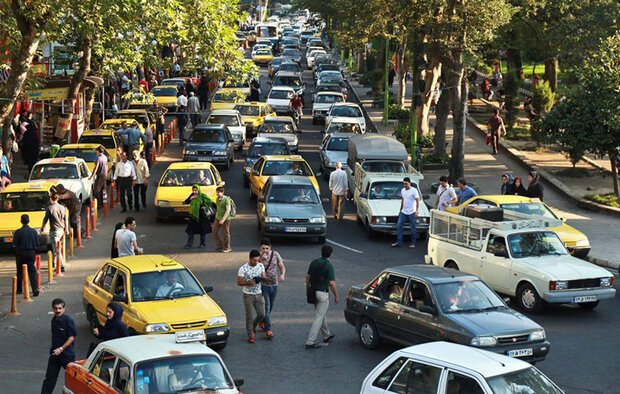
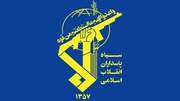




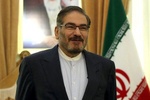
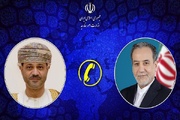
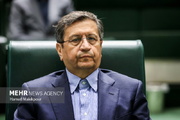
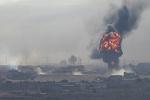
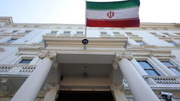









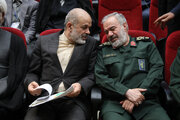


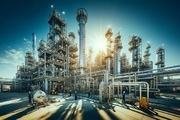
Your Comment